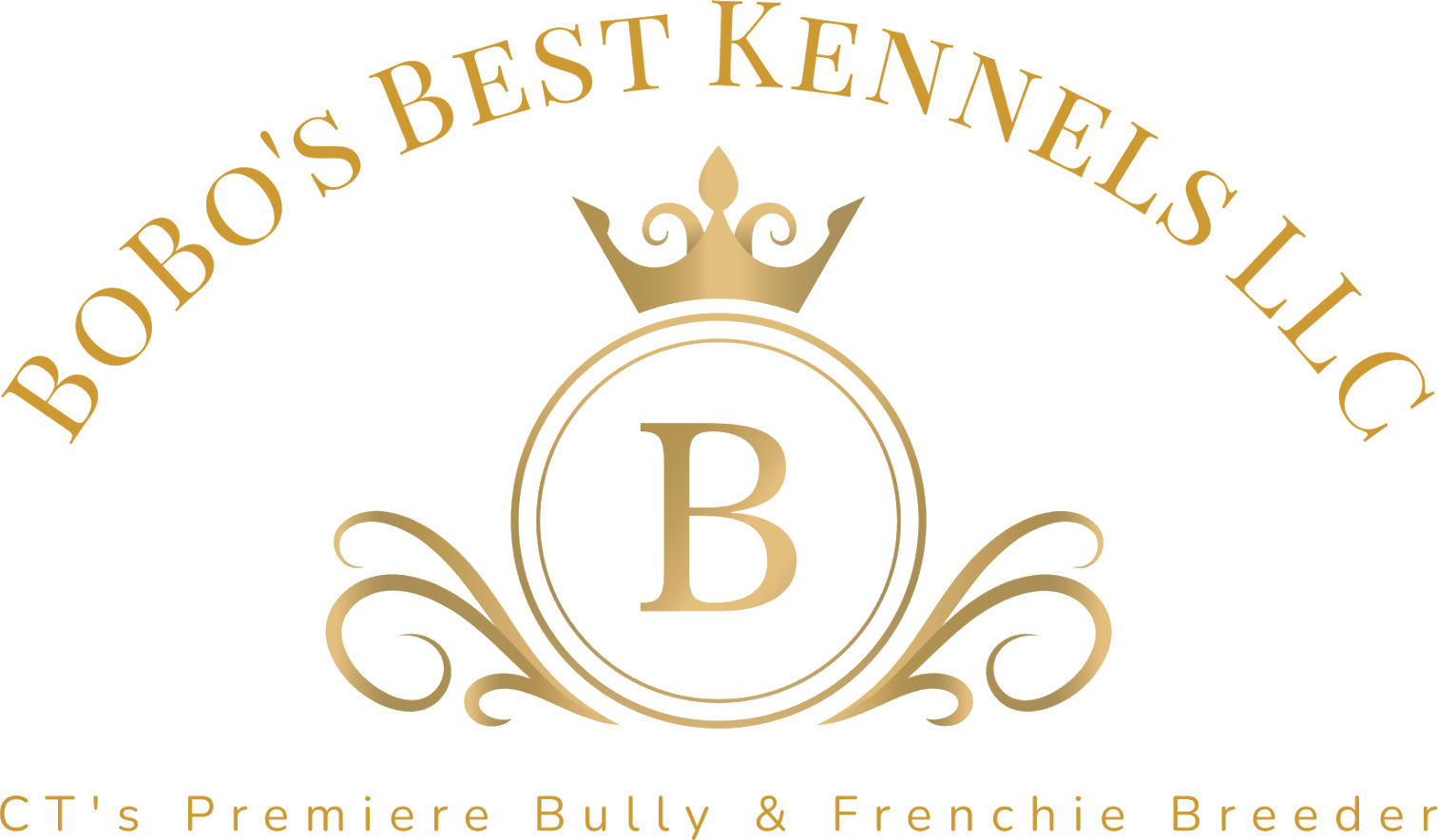Bully breeds, often misunderstood and misrepresented, find themselves at the center of an ongoing debate surrounding shelter populations, responsible breeding, and the societal responsibilities of pet ownership. The narrative surrounding these dogs is rife with misconceptions and generalizations, contributing to their overrepresentation in shelters across the United States. This blog aims to shed light on the plight of bully breeds in shelters, emphasizing the critical role of responsible breeding and informed adoption in altering the course of their future.
The Misunderstood Bully Breed
Bully breeds encompass a variety of dogs, including, but not limited to, the American Pit Bull Terrier, American Bully, Staffordshire Bull Terrier, and several others. Despite their distinct characteristics and temperaments, these breeds are often lumped together under the “bully breed” label, contributing to a skewed perception of their behavior and suitability as pets. This generalization has led to an unfortunate stigma, affecting their chances of adoption and contributing to their high numbers in shelters.
The Overrepresentation in Shelters
Recent statistics indicate that bully breeds are among the most common dogs found in American shelters. However, it’s essential to understand the context behind these numbers. The classification of over ten different dogs as a single group inflates their apparent population in shelters. Furthermore, this overrepresentation is less about the breed and more about responsible ownership and breeding challenges.
The Root Causes
• Lack of Responsible Breeding:
Responsible breeding involves more than just the physical act of breeding dogs. It encompasses genetic health screening, temperament assessment, and ensuring puppies are placed in homes
that meet their needs. The failure to adhere to these principles has led to an influx of bully breeds in shelters, often resulting from impulse purchases from breeders who prioritize profit over the well-being of the animals.
• Misunderstanding and Misinformation:
Many families adopt bully breeds without fully understanding their needs, leading to mismatches between pet and owner. When training, socialization, and exercise challenges exceed an owner’s
expectations, the dogs are often relinquished to shelters.
• Legislative Challenges:
Breed-specific legislation (BSL) has also played a role in the overrepresentation of bully breeds in shelters. These laws, which ban or restrict the ownership of certain breeds, often target bully
breeds based on misconceptions about their temperament, leading to increased surrender and euthanasia rates.
Advocacy and Change
Advocates for bullying breeds work tirelessly to combat the stereotypes and misinformation that cloud public perception. Through education and outreach, they aim to highlight the individuality
of these dogs, promoting understanding and acceptance. Organizations and individuals alike emphasize the importance of responsible breeding and ownership, advocating for comprehensive vetting of potential owners to ensure bully breeds find suitable, loving homes.
The Solution: Responsible Breeding and Ownership
Promoting Responsible Breeding Practices:
Responsible breeders play a crucial role in the future of bully breeds. By adhering to ethical breeding standards, including health testing and temperament assessment, breeders can help ensure that bully breeds are healthy, well-socialized, and placed in homes prepared to meet their needs.
• Educating Potential Owners:
Education is a powerful tool in changing the fate of bully breeds. Prospective owners need to understand the responsibilities associated with these breeds, including their exercise needs,
training requirements, and socialization. By ensuring that families are well-informed and prepared for the commitment, we can reduce the number of bully breeds in shelters.
• Advocating for Change:
Challenging breed-specific legislation and promoting policies that focus on responsible ownership regardless of breed are essential steps in reducing the number of bully breeds in shelters. Advocacy efforts also include supporting spay/neuter programs to prevent unwanted litters and encouraging the adoption of shelter dogs.
The Role of Shelters and Rescue Organizations
Shelters and rescue organizations are on the front lines, witnessing the consequences of irresponsible breeding and ownership firsthand. Many of these organizations have implemented
programs designed to improve the adoptability of bully breeds, including behavior training and community education initiatives. By working to change public perception, these groups play a vital role in finding forever homes for these misunderstood dogs.
Conclusion
The overrepresentation of bully breeds in shelters is a complex issue rooted in a combination of irresponsible breeding, misunderstanding, and legislative challenges. However, we can change the narrative surrounding these breeds through responsible breeding, informed adoption, and dedicated advocacy. By recognizing the individuality of these dogs and understanding their specific needs, we can ensure that bully breeds find the loving homes they deserve, reducing their numbers in shelters and creating a more compassionate and informed society.
Final Thoughts
The journey towards a better future for bully breeds is a collective effort, requiring the commitment of breeders, owners, advocates, and the community. By fostering an environment of understanding, responsibility, and love, we can ensure that bully breeds are recognized not for the stigma surrounding them but for their loyalty, affection, and the joy they bring to their families.
As we champion the cause of bully breeds, let us remember that the key to change lies in our hands. Through education, advocacy, and responsible care, we can create a world where these breeds are valued for their unique qualities and where every dog has the chance for a happy, loving home.
This blog aims to provide a comprehensive overview of the challenges and solutions surrounding bully breeds in shelters. It is a call to action for responsible breeding, ownership, and advocacy to ensure a brighter future for these misunderstood dogs.



